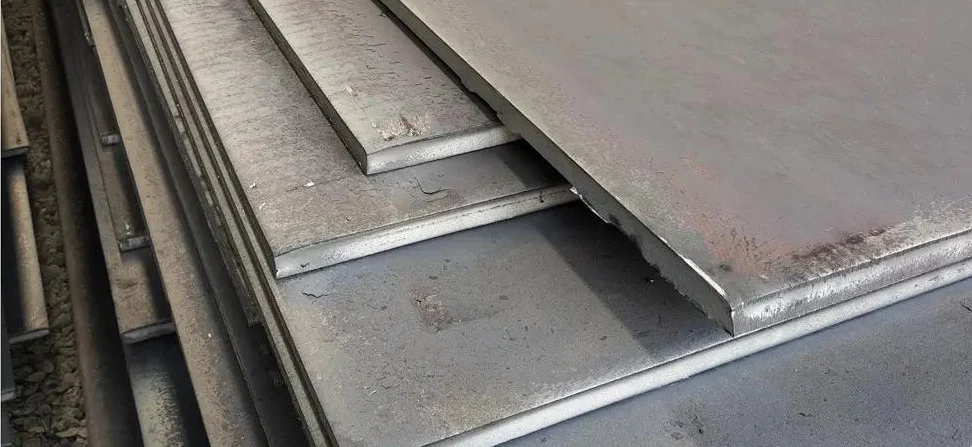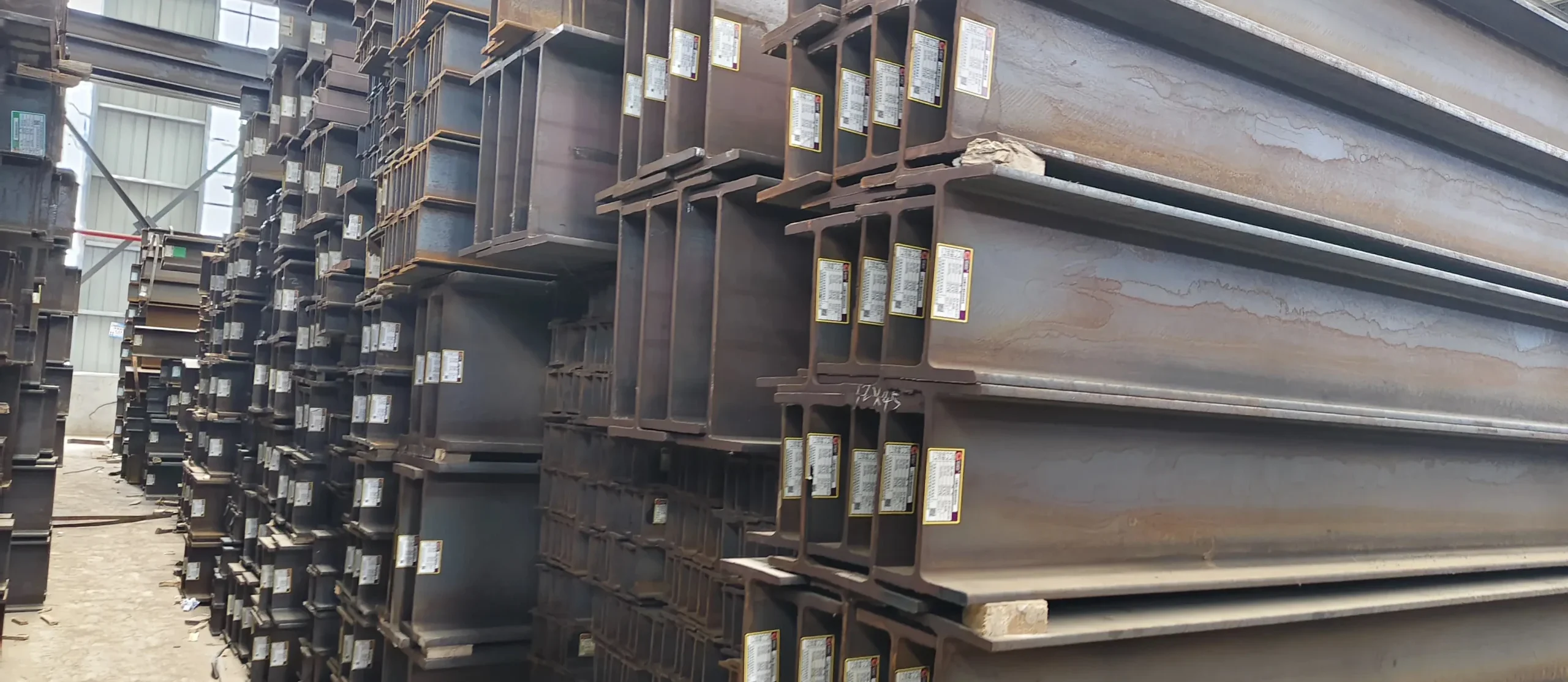The stainless steel pipes in petrochemical industry, including the fertilizer industry, has a huge demand
The stainless steel pipe in petrochemical industry mostly used is stainless steel seamless pipes, in 304, 321, 316, 316L, 347, 317L, etc, with OD around ¢18-¢610, and the WT around 6mm-50mm (generally, the selection specification is above Φ159mm).
Specific applications are: furnace pipes, fluid pipes, heat exchanger tubings, etc.
Heat-resistant stainless steel pipes are mainly used for heat exchange and fluid transportation. The Chinese market has an annual capacity of about 200,000 tons.
Duplex stainless steel pipes are mainly used in fluid pipes and heat exchangers for chemical and fertilizers. Because of their high strength, stress resistance, corrosion resistance and economy, their annual consumption is about 8,000-10,000 tons.
Stainless steel pipes, the pipes used in oilfield drilling and production is super ferritic stainless steel Cr13, Cr25, etc., which is highly resistant to CO, CO2 and Cl corrosion.

The petrochemical industry commonly uses large-diameter petroleum cracking furnace pipes and low-temperature conveying pipes.
Due to their special heat-resistant and corrosion-resistant requirements and the inconvenience of equipment installation and maintenance, long service life of equipment is required and needs to be optimized through material composition control and special heat treatment methods to strengthen the mechanical properties and service performance of pipes.
As an important part of the chemical industry, the petrochemical industry encompasses many production sectors, such as fertilizer, rubber, and synthetic materials industries. The petrochemical industry is a basic industry for economic development, involving many aspects of the real economy. Therefore it is necessary to choose the right stainless steel pipe in petrochemical industry



